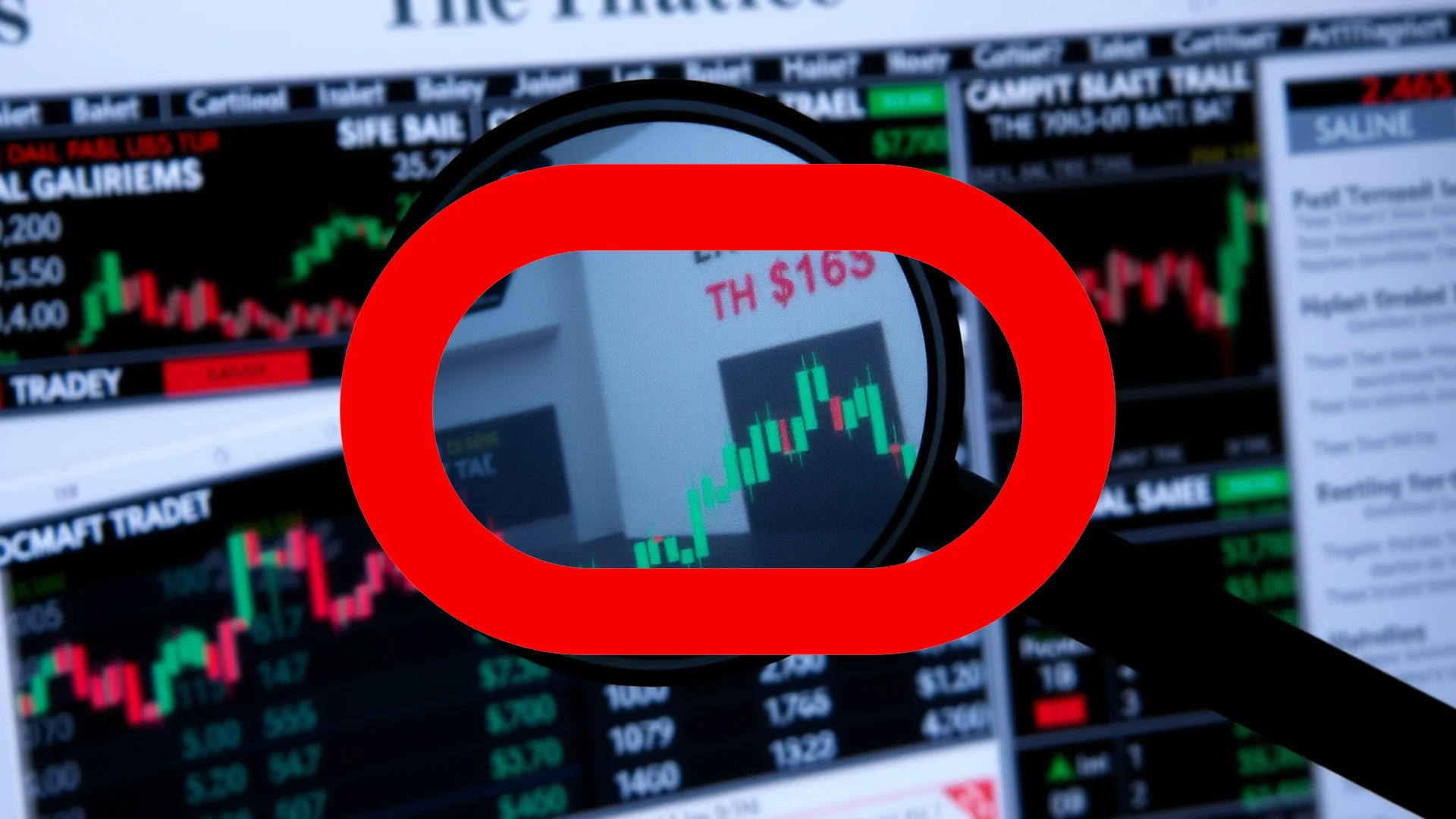A promising trading session turned into a significant sell-off for the S&P 500 this past Friday. The index initially climbed, reaching an intraday peak of 6,762.40 points. However, the market’s trajectory reversed sharply following midday comments from President Trump concerning escalating trade disputes with China. The benchmark index plummeted to a low of 6,550.78 points, ultimately closing the session at 6,552.51. This volatility triggered a massive surge in trading activity, with the NYSE recording a volume of 12.8 billion shares—the highest single-day figure since August.
Sector Performance and Key Movers
The sell-off was not evenly distributed, with the technology sector absorbing the most severe impact. Semiconductor and software companies were particularly hard-hit. Synopsys and Teradyne each plunged approximately 9%, while Advanced Micro Devices (AMD) and Microchip Technology registered losses of around 8%. Nvidia, a recent market darling that had hit a fresh record high earlier in the day, reversed course to finish nearly 5% lower. Tesla and Amazon followed the downward trend with similar declines. A lone bright spot emerged in the consumer staples sector, where PepsiCo shares jumped almost 4% on the back of stronger quarterly results and the announcement of a new Chief Financial Officer.
- Trading Volume: 12.8 billion shares (highest since August)
- Market Breadth: A 4:1 ratio of declining issues versus advancers
- VIX Index: Surged 25.68% to 20.65 points
Technical Breakdown Signals Weakness
From a technical analysis perspective, the sharp reversal pushed the S&P 500 below several critical support levels. The index decisively broke through its 20-day moving average and proceeded to test its 50-day moving average, situated near the 6,525-point mark. Previous resistance levels in the 6,745 to 6,760-point range, which had previously provided support, were easily breached. Momentum indicators had already flashed warning signs earlier in the week; the Relative Strength Index (RSI), for instance, had been signaling overbought conditions with a reading above 70, suggesting the market was ripe for a pullback.
Should investors sell immediately? Or is it worth buying S&P 500?
Broader Market Correlations and Safe Havens
The downturn was a broad-based event, affecting all major U.S. equity indices. The Dow Jones Industrial Average fell 1.9%, while the technology-heavy Nasdaq Composite experienced a more severe drop of 3.6%. On a weekly basis, all major indices gave up more than 2.4% of their value. The flight from risk was also evident in other asset classes. As oil prices slumped to their lowest level since May, gold—a traditional safe-haven asset—benefited, climbing 1.5% to $4,035 per ounce.
Looking ahead, early indications from Sunday evening trading provided a glimmer of hope, with S&P 500 futures pointing to a 1.1% recovery. Rhetoric surrounding the trade conflicts also appeared to be calming, at least temporarily. The critical question for investors now is whether the support level around 6,500 points will hold firm, or if Friday’s dramatic plunge is a precursor to a more profound market correction.
Ad
S&P 500 Stock: Buy or Sell?! New S&P 500 Analysis from November 28 delivers the answer:
The latest S&P 500 figures speak for themselves: Urgent action needed for S&P 500 investors. Is it worth buying or should you sell? Find out what to do now in the current free analysis from November 28.
S&P 500: Buy or sell? Read more here...












